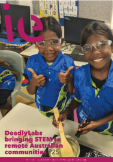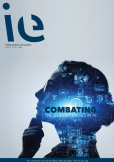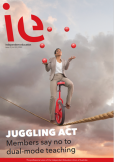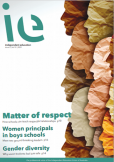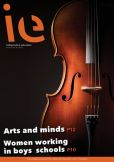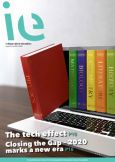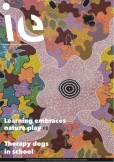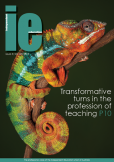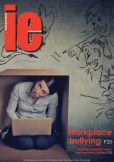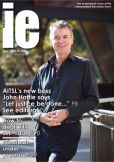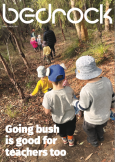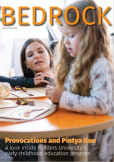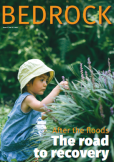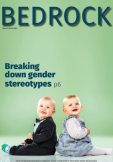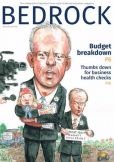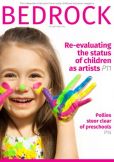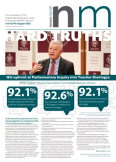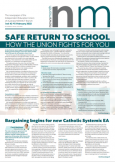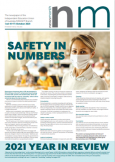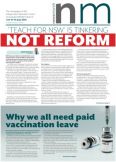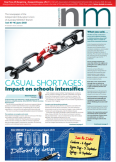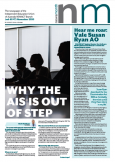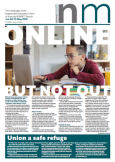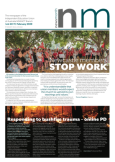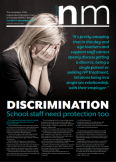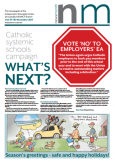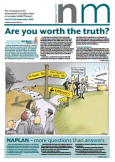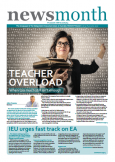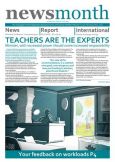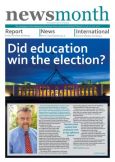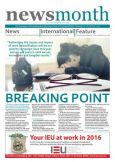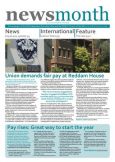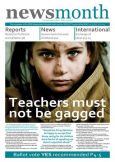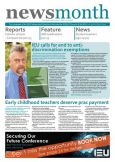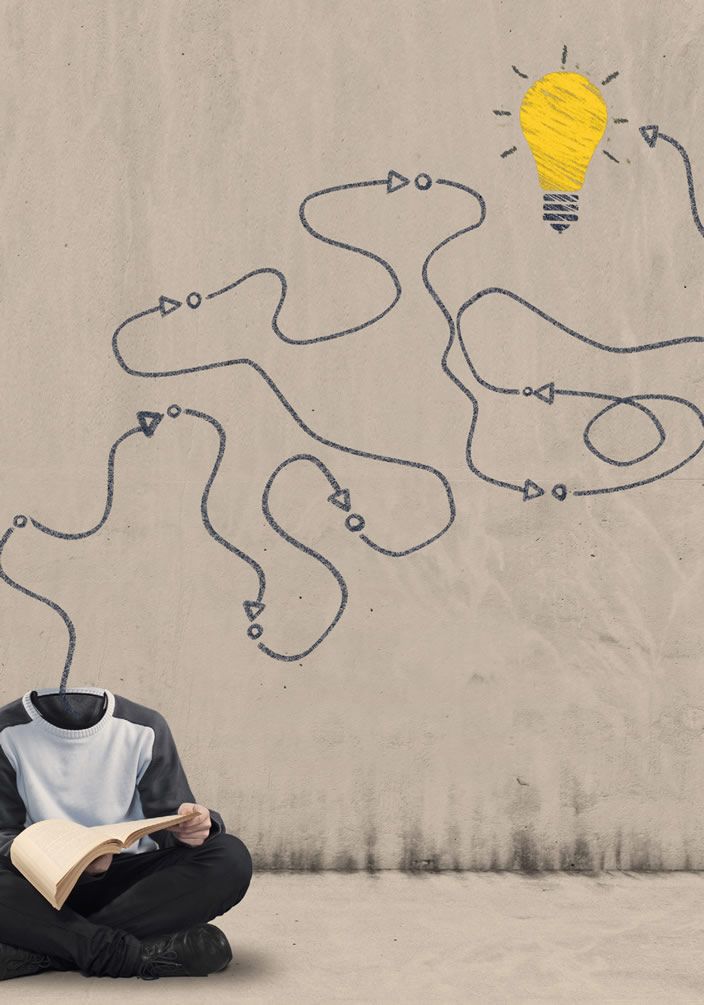
Amy Cotton, IEUA NSW/ACT Branch Professional Officer, and Phoebe Craddock-Lovett, a teacher at Marist College North Shore, write about the steep learning curve those in education have just undertaken to deliver the goods throughout Australia.
When it happened, it happened suddenly.
The education revolution that had been much talked about, been touted as the inescapable future, happened suddenly when the COVID-19 pandemic broke out. What followed was a steep learning curve for teachers and support staff, school executives and systems. It went beyond that, however, as the whole of society learned something about education. Parents, economists and politicians alike realised what they should have always known: schools and early childhood centres are crucial, and teaching is a hard job and a skilled profession.
Those working in schools found retraining and skills development was immediate and ungentle. For the rest of Australia, the stark reality of the vital role that schools play became immediately apparent. Education as an institution was exposed as a pillar on which Australia’s economy and society rests part of its weight, and when that pillar was removed, everything became unstable. Ways of life already affected by the pandemic were impacted further by partial or full school closures, as parents tried to juggle working from home (if they still had a job) and becoming (usually unqualified) full time education assistants. For some children, no school or childcare meant a loss of regular food sources and safety. Well-functioning schools and early learning centres became the focus of politicians and the public alike.
The quick transition to online learning exposed a massive infrastructure deficit in Australia and put a spotlight on the inequalities of access to information technology. The NBN struggled. The largely unacknowledged gap between those with and without access to information technology gaped open. The disparity of access to devices, particularly in financially struggling households or those with multiple children, became evident.
Schools have hovered on the edge of technological solutions for over a decade, some implementing well but most in patchy, haphazard ways entirely reliant on the enthusiasm of a few staff members. Many schools lack a single Learning Management System (LMS), often using many simultaneously. The result is that students from the same household could be using vastly different ways to communicate with their teachers, adding a burden to the parent community. Worse, teachers trying to cover colleagues’ classes would need to become suddenly expert practitioners across multiple platforms. Of course, different subjects and stages need apps applicable to their content/cognitive development, but a single unifying LMS became critical, and many education workers had to both learn and implement a new system within weeks, as well as completely rewrite a term’s worth of lessons for online delivery.
When it comes to creating multimedia content for lessons, most teachers do not possess the equipment to do this well, or quickly. Many teachers’ computers lack cameras or good quality microphones, and poor vision and sound put viewers off immediately. Also they lack the software and skills for quality editing and uploading videos to YouTube. Many were asked to do this using their own equipment and internet connections.
Some teachers adore technology and have immersed their teaching and learning strategies in it for years. But a significant proportion of teachers found the quickly forced move to online learning a massive shock. Confidence shaken, the task of translating even the most functional parts of teaching, such as checking if students have completed work assigned, becomes overwhelming.
Social isolation is more than physical, it goes beyond what the students are feeling by being cut off from interactions with their peers. Teachers and support staff are fairly social and the daily interactions with each other about practice lead to innovative, immediate adjustments to assist student learning. The loss of this outlet, as well as the rewarding experience of working with students in physical settings, has been stressful.
There is a real need for recognition that becoming a remote learning teacher is a huge adjustment and new set of skills, and much of it by trial and error implementation. Making adjustments for students not used to learning remotely, let alone students with additional needs, is hard and constant work. Many teachers are being asked to plan for both remote and in-person teaching (contact your union organiser if this is so). Many additional needs teachers/support staff have been redirected to other work at this time.
So what’s the future of education?
Australia seems to have learned that teaching is an extremely skilled profession, and that any thoughts that it could be handled by unqualified trainers or artificial intelligence have been squashed. That’s a definite positive.
In the past few months, society has been forced to lose its shyness about being on camera online. This might lead to more teachers and support staff feeling comfortable to connect via technology for professional development and networking possibilities, and perhaps some parent/teacher interviews may be conducted remotely.
The crisis and learning curve have resulted in more questions than answers. For instance, will flipped learning become more of a mainstream technique? Will there be more opportunities for students to learn remotely? What changes in school infrastructure and staffing might be needed to accommodate this in the next few decades? Will teachers who disliked online learning leave the profession? Will student results this year, affected by the anxiety of a pandemic, massive unemployment and also a hurried implementation of remote learning, mean that the future of remote, technological learning will be doubted unfairly?
The answers to these questions are uncertain, but we’ve just all experienced a sudden education revolution and the outcomes of that need to be measured carefully and with an open mind.


